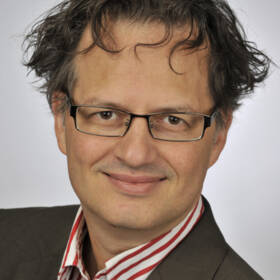Using a sensor-equipped insole to detect changes in gait pattern of elderly people for preventive therapeutic use
Background
Decreasing levels of activity are often associated with increasing age and result in loss of autonomy. Supportive measures are needed for older people to be able to stay active. Age-related physiological changes can significantly affect the gait pattern and increase the risk of falls in the elderly population. To this end, an early diagnosis of deviations from standard gait patterns and adequate preventive therapeutic measures for gait training are essential. Such feedback is usually provided by either therapists or special measurement systems. However, such feedback has limited availability. In order to make feedback available for application in everyday life situations, without the need of therapy settings and laboratory equipment, simple mobile systems are needed. These systems need to be designed to provide easy-to-implement feedback so that they can be used independently.
Project goal
SONIGAIT II ties in with already completed and ongoing research projects. The project forms the basis for further research in the field of digital healthcare. The long-term goal is to develop a mobile auditory biofeedback system adjusted to the needs of elderly people. This mobile device should enable preventive therapeutic use in everyday life for elderly people.
Project content
The "stappone" insole developed by the partner company stAPPtronics records pedobarographic data i.e. pressure distribution. With the accompanying app the individual movement behaviour is recorded. Within the framework of the SONIGAIT II project, an interface is developed to enable real-time data acquisition. These data are then used for reliability and validity checks. State-of-the-art measuring systems from clinical gait analysis are used as a reference. A milestone is the use of machine learning methods to determine the shear forces of the ground reaction from the pressure and acceleration data of the sole. Due to the properties of the sensors used in the sole, these forces cannot be quantified directly. All these activities form the basis for the overriding goal of this project: the development of acoustic feedback models ("sonification"), which are adapted to the specifics of the gait behaviour of elderly people. Based on these results a future product concept using user-centred design is developed.
Link
You want to know more? Feel free to ask!
Academic Director E³UDRES²
Lecturer
International Coordinator
Department of Media and Digital Technologies
- stAPPtronics GmbH

